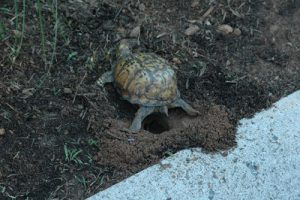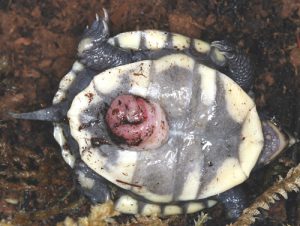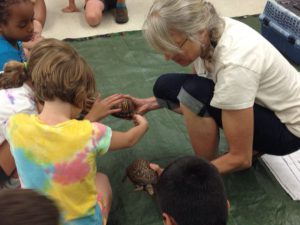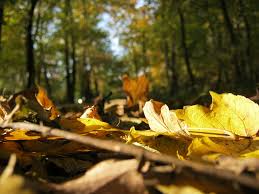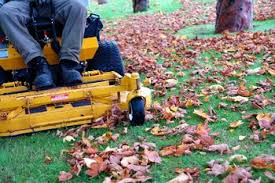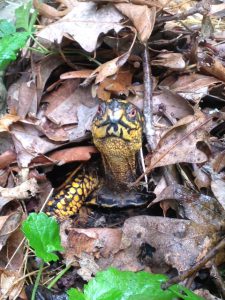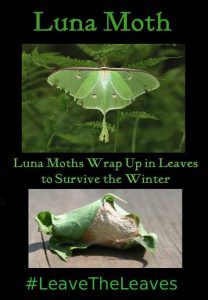Wildlife Rehabilitation in Virginia
 A rehabber, is someone who takes care of those that are recovering from a specific condition, to fix it up and make it better. Often times when someone mentions rehab, we think of drug or alcohol abuse and the process it takes to “get off the wagon”.
A rehabber, is someone who takes care of those that are recovering from a specific condition, to fix it up and make it better. Often times when someone mentions rehab, we think of drug or alcohol abuse and the process it takes to “get off the wagon”.
But a Rehabber , in wildlife terminology is the greatest asset we currently have to benefit our wildlife, and to help get them back into the wild where they belong. But it is not an easy road, nor is rehabbing wildlife the road to riches.
When Wildlife is injured or sick, and are presented to a wildlife veterinarian, they will prepare a plan to get that animal well as quickly and efficiently as possible. Our two major Wildlife centers in Virginia, the Richmond Wildlife Center and the Wildlife Center of Virginia, are both working at capacity and are busy with wildlife needing help. Fortunately, once their patients are stable and on the road to recovery, they are able to go to a rehabber that can give them the support and the care that they need until they are releasable.
You can find a list of licenced rehabilitators for Virginia here
WHAT IS A WILDLIFE REHABILITATOR?

A wildlife rehabilitator, also known as a “rehabber,” is a professionally trained person, that works with Veterinarians to provides medical care to injured, sick, or orphaned wildlife. The goal of the rehabber is to medically treat the animal by providing suitable diet and nutrition, and to provide safe and sanitary shelter, so that it may return back to its natural habitat and family. The goal is not to make pets out of wildlife, to display them around humans, or to release any wildlife with handicaps in which they may not be able to protect themselves, not healthy enough to thrive, unable to fit in with other wildlife, or become vulnerable to predators. Wild animals that sustain injuries or illnesses preventing them from living successfully in the wild usually are euthanized (have their suffering ended in a humane fashion). Occasionally, individual animals that have recovered from their injuries but are not able to survive in the wild are placed in educational facilities.
Rehabbing Wildlife is an elaborate and time consuming undertaking, and there is no pay involved. Rehabbers work each and every day, all year long taking care of the animals in their care, but there is nothing more rewarding then watching that animal rejoin its family when it is returned to the wild.
HOW TO BECOME A WILDLIFE REHABILITATOR:
To become a wildlife rehabber, you will need to locate a licensed rehabber near you that has knowledge and experience rehabbing the species of animal that you are interested in working with.
To become a rehabber, you will first need to decide what species you would like to work with. In Virginia, there is no path that will allow you to focus on a specific animal, you will find you will need to learn how to rehab other animals as well.
Locate a rehabber in your area who has extensive experience rehabbing those animals. To find a list of rehabbers in your area, call your local Animal Shelter, Humane Society, or visit this web site: www.nwrawildlife.org
Put in lots of volunteer time with a permitted rehabber before you make your final decision. Find out all you can about the nature of the animal, medical treatments, time, commitment, and finances (rehabbers pay for the cost of everything).
Rehabbers need to obtain specific knowledge including:

- behavior,
- diseases,
- diagnosis,
- wounds and injuries,
- anatomy of the species,
- first aid training,
- triage treatment,
- drugs and drug administration
Once you are sure you want to be a wildlife rehabber, you are ready to apply for your state permit. In Virginia this will require a 2-year apprenticeship program before you may legally obtain a permit to rehab. During this 2-year period, a legally permitted rehabber will supervise you. To obtain the rehab application, call Dept. of Game & Inland Fisheries:(804) 367-1000.
Wildlife rehabbers are required to attend wildlife training annually to keep their Federal or State permit legal and updated, and these classes are available at the Wildlife Center of Virginia, for a nominal fee.
Birds are protected by federal law and a Special Purpose Federal permit is required to handle and rehab birds. Click to learn more about acquiring a Federal permit.
Wildlife Centers and Hospitals receive thousands of calls from communities all over the country every year from compassionate citizens who see injured wildlife and want to help. Most injuries to wildlife are created by man, and as we destroy more and more of our natural world, we can expect more injuries to wildlife as they struggle just to survive.
Wildlife rehabbers are needed now more then ever, So if you have a love of wildlife, they could use your help now more then ever. Please do your part to help Wildlife in your area!


